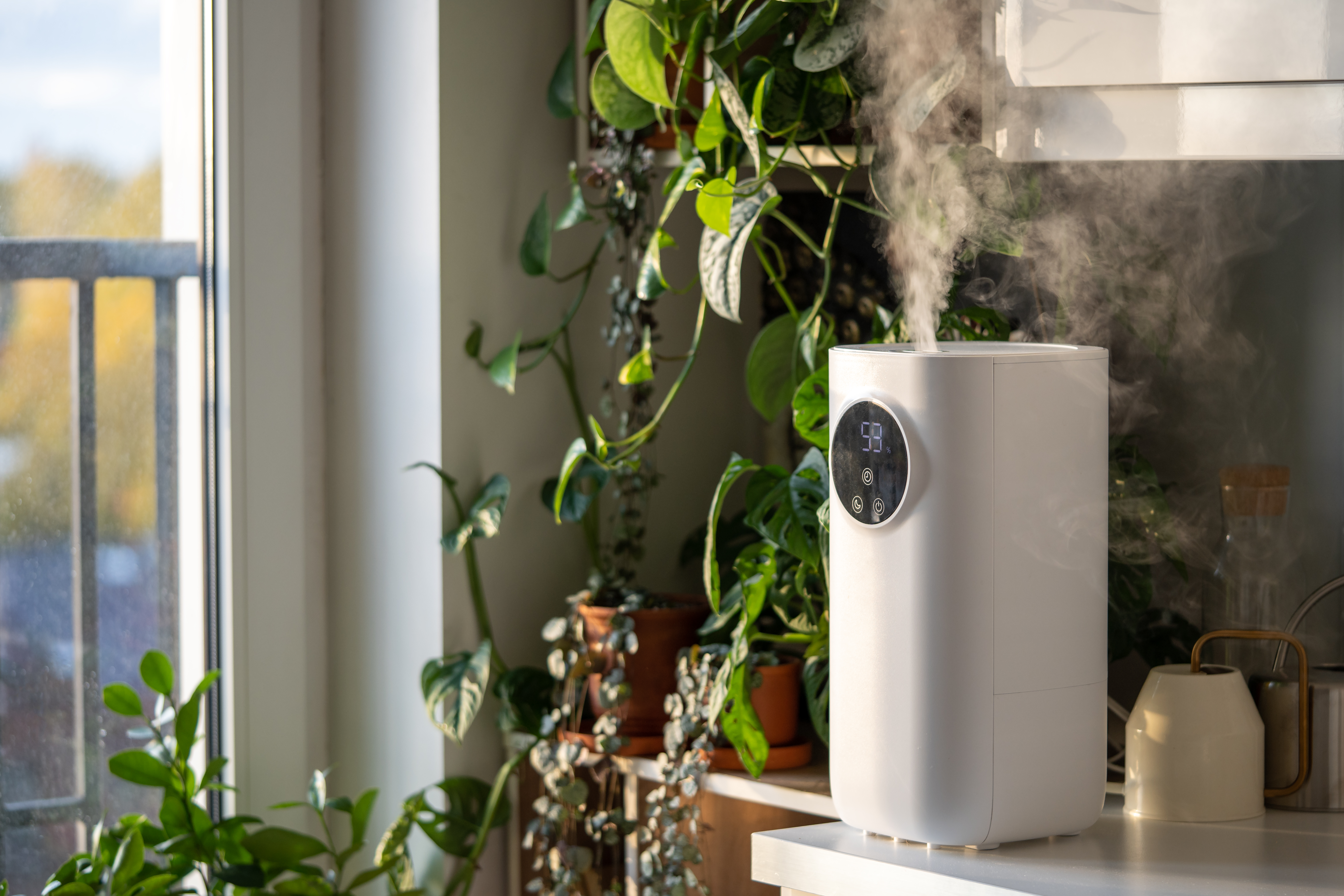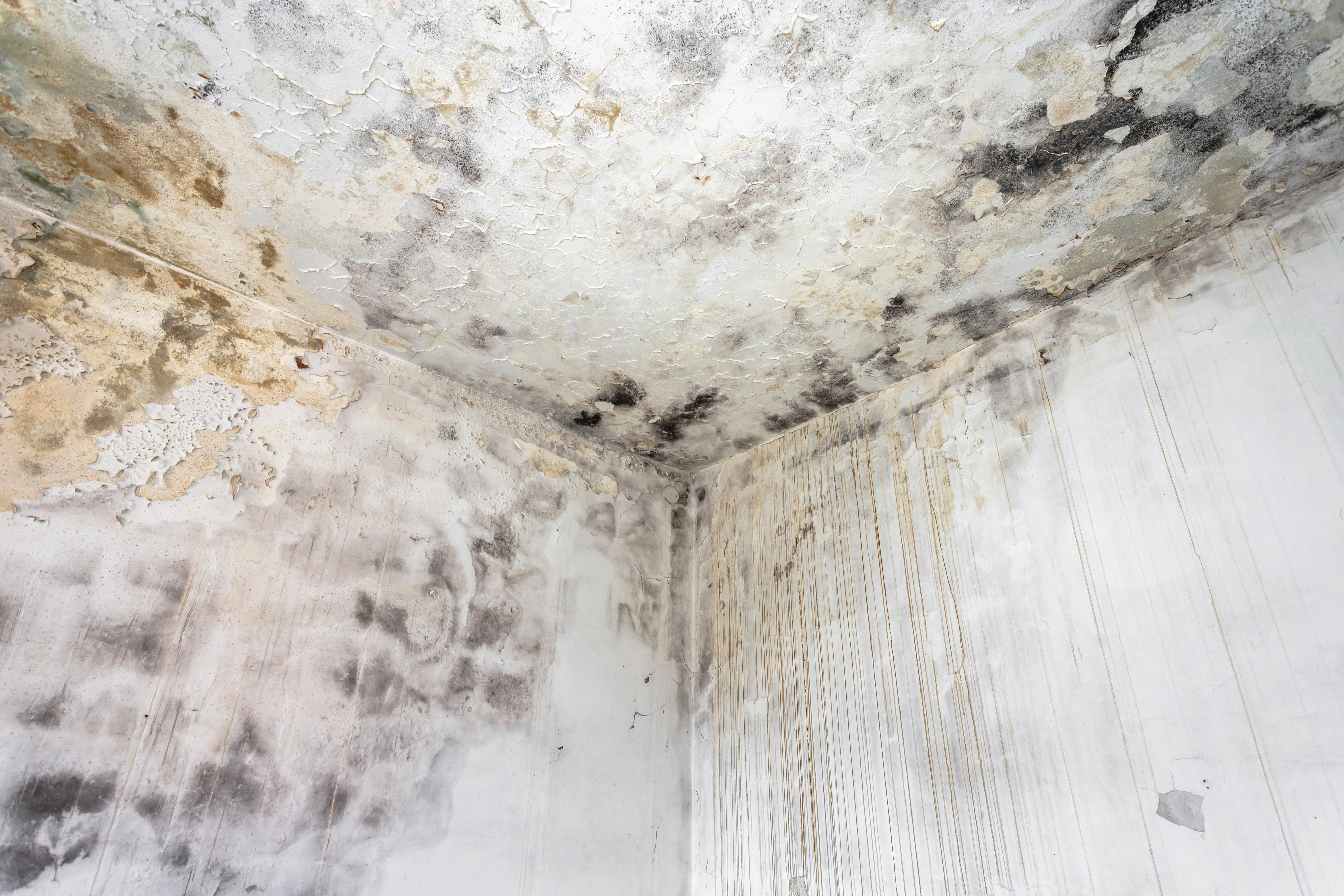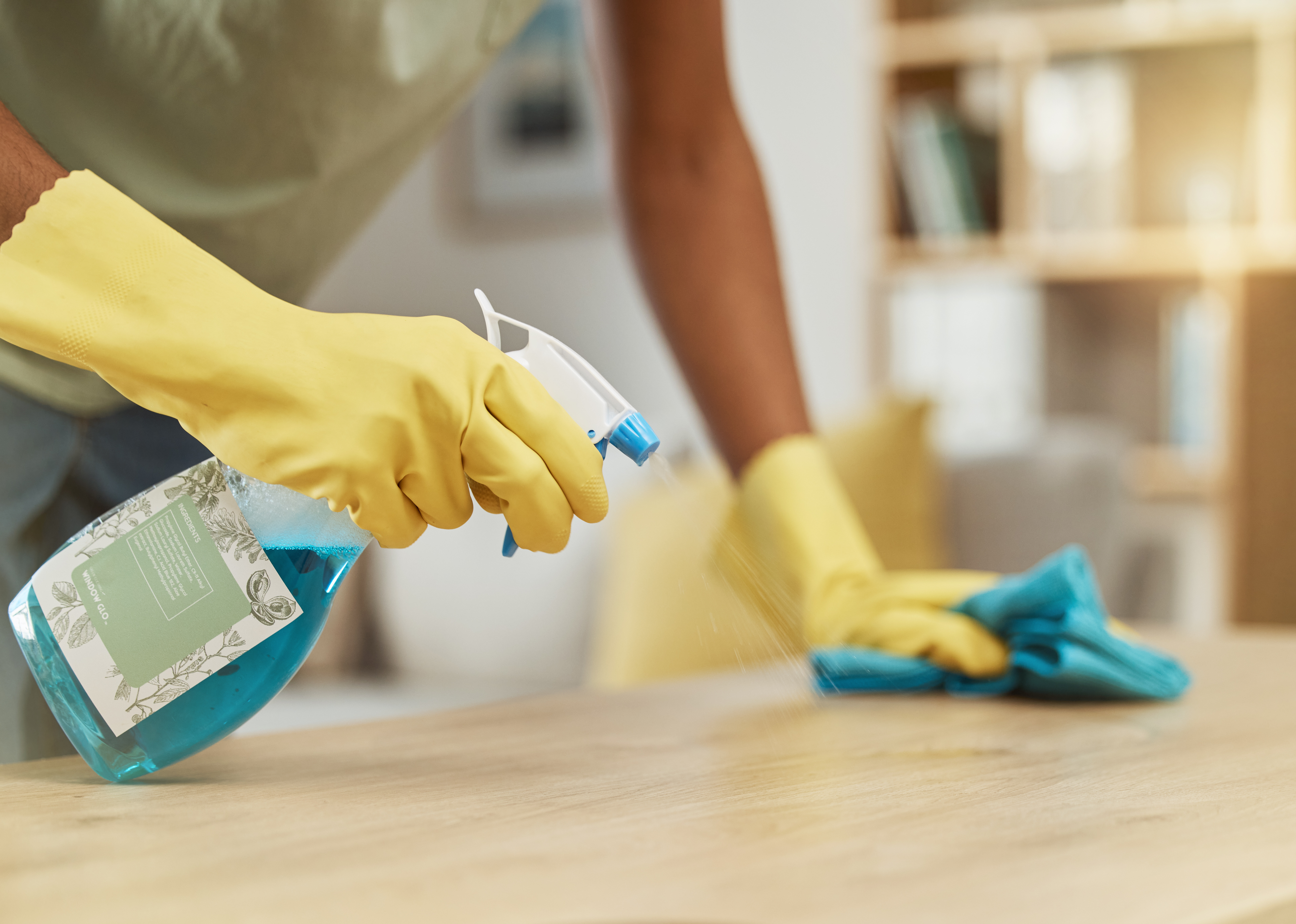Is Your Home Making You Sick?
Our homes are sanctuaries, places where we seek comfort and refuge from the outside world. However, what if the very walls meant to protect us are subtly impacting our well-being? Many of us remain blissfully unaware of how our living environments can influence our health in unexpected ways. From the air we breathe to the materials we touch, our homes are a complex ecosystem that can harbor unseen threats. This article delves into 10 surprising ways your home might be secretly affecting your health, inviting you to explore and understand these hidden influences to create a healthier living space.
1. Indoor Air Quality: The Unseen Pollutants

Indoor air quality is often overlooked, yet it plays a crucial role in our overall health. Many homes contain pollutants such as dust mites, pet dander, and volatile organic compounds (VOCs) from paint and cleaning agents. These pollutants can aggravate respiratory conditions like asthma and allergies. Poor ventilation exacerbates the problem, trapping these particles inside. Regularly airing out your home, using air purifiers, and choosing low-VOC products can significantly improve indoor air quality. By addressing these invisible threats, you can breathe easier and enhance your family's health and comfort.
2. Mold: The Hidden Invader

Mold is an insidious presence that can lurk in damp, poorly ventilated areas of your home, such as bathrooms and basements. Exposure to mold spores can lead to respiratory issues, skin irritations, and even cognitive difficulties. It thrives in environments with excessive moisture, making it essential to manage humidity levels and repair leaks promptly. Regular inspections and professional mold remediation can help keep this hidden invader at bay. By maintaining a dry and well-ventilated home, you can prevent mold from compromising your health and well-being.
3. Chemical Cleaners: The Double-Edged Sword

While chemical cleaners promise sparkling surfaces and germ-free environments, they often contain harsh ingredients that can affect your health. Frequent exposure to these chemicals can cause skin irritation, respiratory problems, and hormonal imbalances. Opting for natural cleaning alternatives, such as vinegar and baking soda, can reduce your exposure to these harmful substances. Additionally, ensuring proper ventilation during and after cleaning can help dissipate any lingering fumes. By making mindful choices in your cleaning routine, you can protect your health while maintaining a clean home.
4. Noise Pollution: The Silent Stressor

Noise pollution is an often-overlooked factor that can significantly impact mental and physical health. Persistent noise from traffic, neighbors, or household appliances can lead to increased stress levels, poor sleep quality, and even cardiovascular issues. Creating a quieter home environment can involve soundproofing measures like installing double-glazed windows or using heavy curtains. Additionally, incorporating sound-absorbing materials such as rugs and cushions can help dampen noise. By addressing noise pollution, you can cultivate a peaceful atmosphere that supports relaxation and reduces stress.
5. Lighting: The Circadian Rhythm Disruptor

The lighting in your home can significantly influence your circadian rhythm, affecting sleep patterns and overall health. Exposure to bright artificial light in the evening can disrupt melatonin production, making it harder to fall asleep. Conversely, insufficient natural light during the day can lead to mood disturbances and decreased productivity. To support a healthy sleep-wake cycle, consider using dimmer switches, blue light filters, and maximizing natural light exposure during the day. By aligning your home's lighting with your body's natural rhythms, you can enhance your sleep quality and overall well-being.
6. Furniture and Flooring: The Off-Gassing Culprits

New furniture and flooring can release volatile organic compounds (VOCs) into the air, a process known as off-gassing. These chemicals can cause headaches, dizziness, and respiratory issues. Choosing products with low VOC emissions and allowing new items to air out before bringing them indoors can minimize exposure. Additionally, incorporating houseplants known for their air-purifying properties can help reduce VOC levels. By being mindful of the materials you introduce into your home, you can create a healthier living environment for you and your family.
7. Plumbing: The Source of Contaminants

Your home's plumbing system can be a surprising source of health concerns. Lead pipes, outdated fixtures, and stagnant water can introduce contaminants into your drinking water. These contaminants can lead to serious health issues, including neurological damage and gastrointestinal problems. Regularly testing your water quality and replacing old plumbing components can mitigate these risks. Installing water filtration systems can further ensure that the water you consume is clean and safe. By maintaining a vigilant approach to your plumbing, you can protect your family's health and well-being.
8. Dust: The Allergy Aggravator

Dust is an inevitable part of any home, but it can be a significant allergy trigger. It consists of a mixture of particles, including skin cells, fabric fibers, and pollen, which can exacerbate respiratory conditions. Regular cleaning, using a vacuum with a HEPA filter, and washing bedding frequently can help reduce dust accumulation. Additionally, decluttering your home can minimize dust-trapping surfaces. By maintaining a dust-free environment, you can alleviate allergy symptoms and improve the air quality in your home.
9. Temperature: The Comfort Controller

The temperature in your home can affect more than just your comfort—it can influence your health. Extreme temperatures, whether too hot or too cold, can lead to health problems such as dehydration, respiratory issues, and cardiovascular stress. Maintaining a consistent and comfortable temperature, using programmable thermostats and ensuring proper insulation, can help prevent these issues. By paying attention to your home's temperature, you can create a comfortable and health-supportive environment for you and your family.
10. Clutter: The Mental Health Menace

Clutter can have a profound impact on mental health, contributing to stress, anxiety, and depression. A cluttered environment can overwhelm the senses and hinder productivity. Implementing organizational strategies, such as decluttering regularly and using storage solutions, can create a more serene and functional living space. By fostering an organized and tidy home, you can reduce mental clutter and promote a sense of calm and well-being.
Creating a Health-Conscious Home

Understanding the various ways your home can affect your health is the first step towards creating a healthier living environment. By addressing issues such as air quality, noise pollution, lighting, and clutter, you can transform your home into a sanctuary that supports your well-being. Implementing small changes can lead to significant improvements in your physical and mental health. As you explore these surprising influences, remember that a health-conscious home is not just about aesthetics—it's about fostering a space that nurtures and protects you and your loved ones.